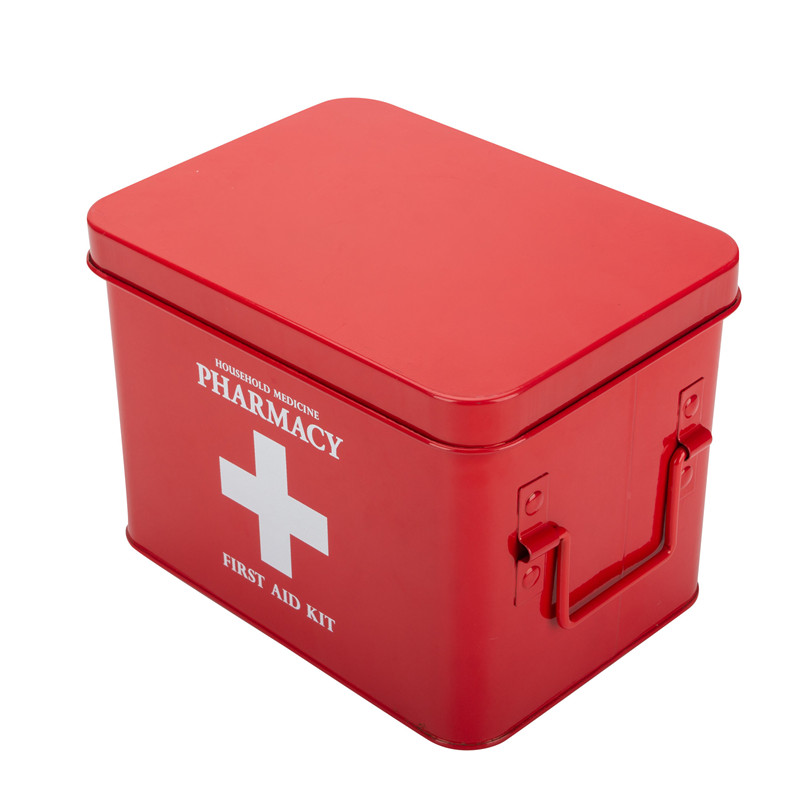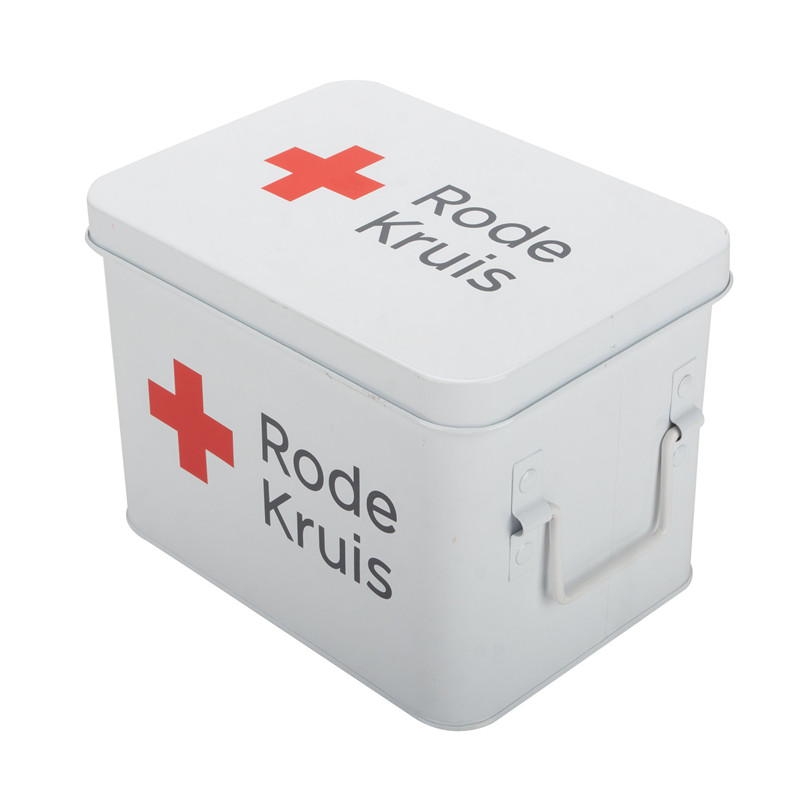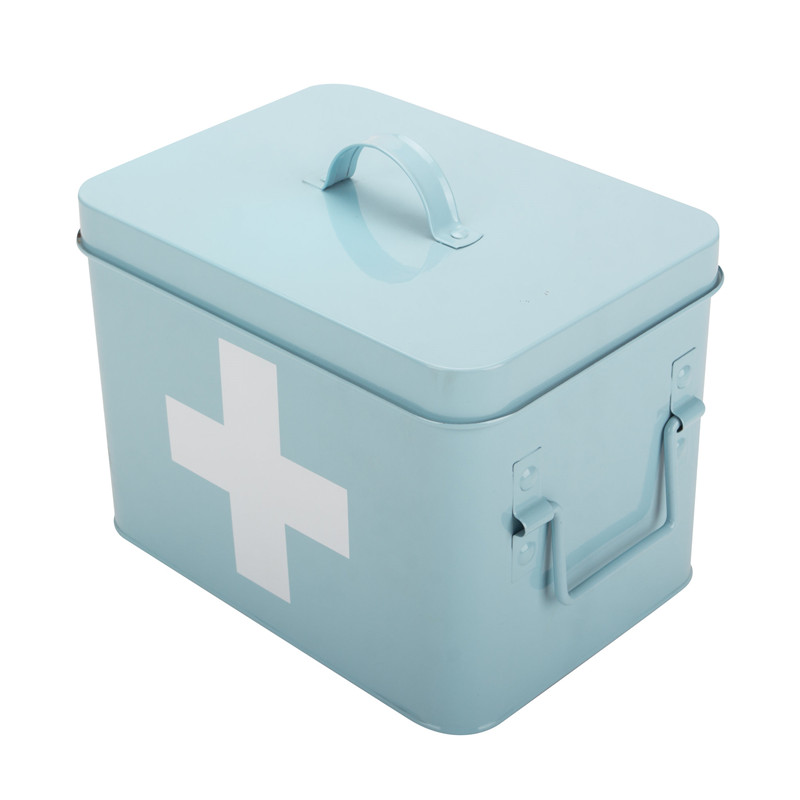When it comes to the type of Chinese jade, what jade is the first thing people think of? It must be Hetian jade! Among the jade products, Hetian jade is the most expensive, so everyone has a lot of pursuits for it. So, what are the types of Chinese jade? There are four traditional jade origins in China, namely Hetian in Xinjiang, Lantian in Shaanxi, Nanyang in Henan, and Xiuyan in Liaoning. Let's take a look at each of them below.

Hetian jade
It is distributed in the northern slopes of the Kunlun Mountains, which are distributed in Xinjiang Shache-Tashkurgan, Hetian-Yuwei and Qiemo County for 1,500 kilometers. There are nine production areas. The mineral composition of Hetian jade is dominated by tremolite-yangshi. It also contains traces of diopside, serpentine, graphite, magnets and other minerals. Different colors such as white, cyan, black, and yellow are formed. Most are monochromatic jade, and a few have variegated colors. The jade is translucent and has a greased luster after polishing with a hardness of 5.5 to 6.5 degrees. Hetian jade is born in a mountain rock with an altitude of 3,500 meters to 5,000 meters. After long-term weathering and stripping into pieces of different sizes, it collapses on the hillside and then flows into the river through rainwater. When the autumn river is dry, the jade collected in the riverbed is called seed jade, and the mountain material mined in the rock formation. The earliest jade articles of the era that have been discovered with Hetian jade are from the tomb of Yinxu Women. After the Spring and Autumn Period and the Warring States Period, Hetian jade gradually became the main jade material, both of which collected seed materials, and began mining mountain materials in the Qing Dynasty. During the Qianlong period of the Qing Dynasty, the Dagu River was controlled by Yushu, and the jadeite material weighed more than 10,700 kilograms, which was collected from the Milareta Mountains.
Lan Tianyu
Shaanxi Lantian jade is called “dish jadeâ€. It has a hard texture, colorful color, lustrous texture, fine texture, and a jade color. Its ore mainly consists of serpentine marble, tremolite, olivine and turquoise, and green. Sedimentary rocks formed by stone, brucite, etc.; chemical components include silica, alumina, magnesia, calcium oxide, calcium oxide, ferric oxide, and the like. Mohs hardness of 2-6 degrees. It is a good jade carving and raw material for making arts and crafts.
Nanyang Yu
Nanyangyu's mining area is located in Dushan, also known as "Dushan jade" and "done jade". Nanyang jade is a plagioclase jade with fine texture, pure, grease or glass luster, good polishing performance, transparent or micro-transparent. The hardness is 5.5 to 6.5 degrees. Nanyang jade is a multi-color jade. Commonly used for two or more tones composed of multi-color jade, bright colors, respectively: water white jade, white jade, black white jade, green jade, green white jade, sky blue jade, jade, sapphire, purple jade, bright brown jade, topaz , Huang Rongyu, Moyu and variegated jade. Nanyang jade has a long history of mining. The Neolithic Longshan culture jade axe unearthed from Shenmu Dendrobium in Shaanxi, the Yinxu jade found in 1952, and the jade found in the 1976 Women’s Tomb have found the example of Nanyang jade as jade. It is now displayed in the Beihai Mission City, the Yuan Dynasty Daishan Da Yuzhen, also used in Nanyang Yuxi. According to the literature, the mining of Nanyang jade has been quite large in the Han Dynasty. Up to now, there are more than one thousand ancient jade mines on the Dushan Mountain. It can be seen that Nanyang jade has a long history and a large scale. Nanyangyu's reserves are quite abundant, and it can still form scale production.
Uranium rock jade
Because the main producing area is named after the glaze rock in Liaoning, it is also called uranium jade. It is a serpentine formed in the metamorphic marble of magnesia carbonate. There are many deposits in this geological environment in China, so the origin of uranium jade is very wide. The appearance of uranium jade is blue-green and yellow-green. Translucent, waxy after polishing, hardness of 3.5 degrees to 5 degrees. The jade material used in the Hongshan culture of the Neolithic Age is produced in the fine jade gully in the uranium rock, commonly known as the old jade, which is a tremolite nephrite. Most jade materials from the jade wares of the Shang Dynasty Women's Tomb are similar to the uranium jade of the uranium rock. The uranium jade mining in Wagou Mine has a long history and abundant reserves. For China's current main jade mining area, the output accounts for about 60% of the country.
The above introduces you to Hetian in Xinjiang, Lantian in Shaanxi, Nanyang in Henan, and Xiuyan in Liaoning. These four kinds of jade are quite famous and very characteristic, and their collection and consumption value is very high.
We're professional factory producing household tin products, such as First Aid Box with customized logos and customized colors.
Our Medicine Boxes are made from galvanized steel and tinplate materials, environmental-friendly and durable, withstanding the test of time, and they can all be applied with powder coated, making the Home First Aid Medicine Box more colorful, more beautiful, more decorative on the finishing.
Comparing to other similar manufacturers, our products are more competitive in prices, and durable in quality.
You can use this Metal household emergency box, First aid box metal medicine box and Multipurpose First Aid Boxes.
We are Manufacturer and Supplier from Jiangmen City, China, but we sell products to European, North America, enjoying a large market all over the world.



First Aid Box
First Aid Box,First Aid Kit Box,First Aid Box Contents,First Aid
Jiangmen Kimleyda Hardware Co., Ltd , https://www.kldmetalware.com